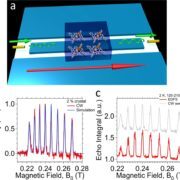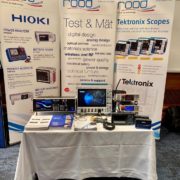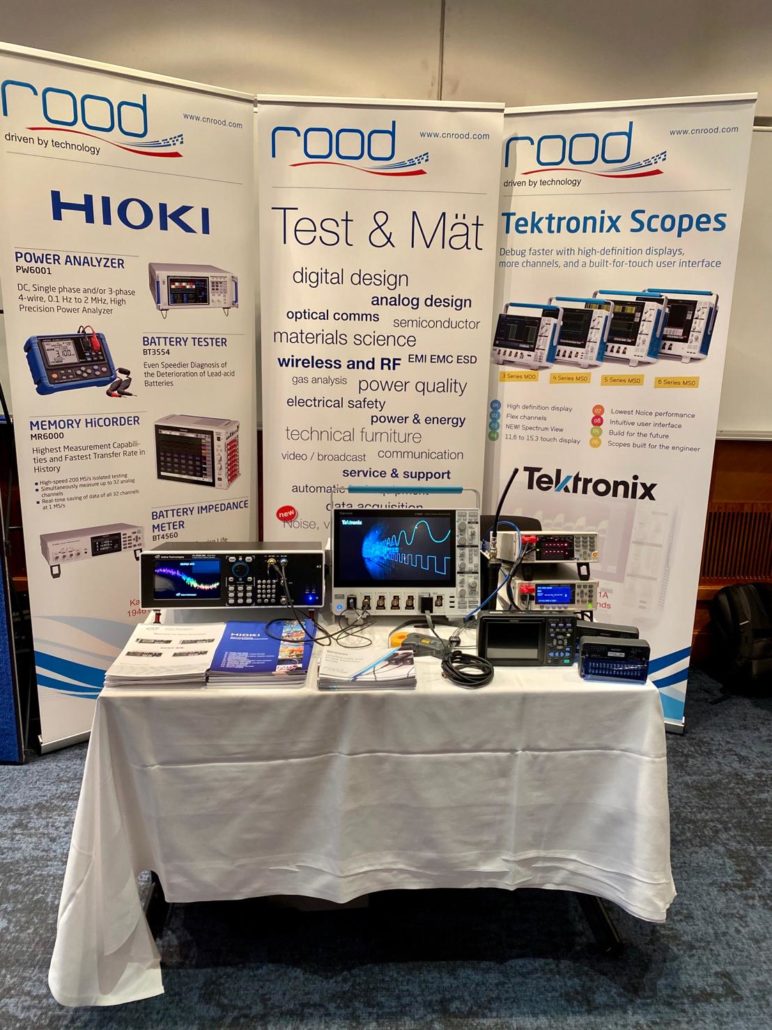Non-Volatile Memory Cells Characterization
The trend of memory research is to develop a new memory called Non-Volatile RAM that join the speed of RAM with the data retention of mass memory.
There are many proposal of new cell types, for example FeRAM (Ferroelectric RAM), ReRAM (Resistive RAM), MRAM (Magnetoresistive Ram), STT-MRAM (Spin-Transfer Torque Magnetoresistive Ram) and PCM (Phase Change Memory).
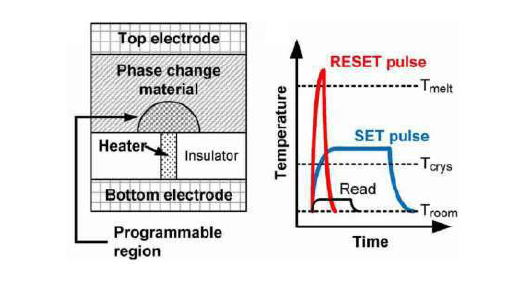
Those types of memories are based on the changing of conductivity of a material using different physical principle, for example formation and destruction of a thin wire into a material stack, or the change of the material structure from amorphous to polycrystalline or the alignment of the magnetic field.
In this application note we will show how to test a STT-MRAM cell using a pulse generator. MRAM memory cells uses Magnetic Tunnel Junctions (MTJ) that consists of two ferromagnets separated by a thin insulator. If the magnetic fields of the two ferromagnets are oriented in the same direction, electrons can tunnel from one ferromagnet to other through insulator layer. The first ferromagnet has a fixed magnetic field, while the field of the second one can be changed applying a current pulse, so inverting the magnetic field orientation changes the conductivity of the stack.
To program or erase a bit, a current pulse is applied through the stack; the assumed orientation of magnetic field depends on the current pulse direction. The efficiency of program and erase process depends on the duration and amplitude of the pulse, so during research and developing stages on this technology, it can be useful to test
different combination of pulse width and amplitude: a simple way to do this is to use a pulse generator, that allow to change the width, the amplitude and the repetition rate.
You can find the full application note here.
Active Technologies PG-1072 and PG-1074 deliver exceptional fast rise and fall time down to 70ps and a minimum pulse width of 300ps.
Sub-nanosecond pulse generation 5V output swing is now easy to get, just setting few parameter in the moder and easy to use interface.
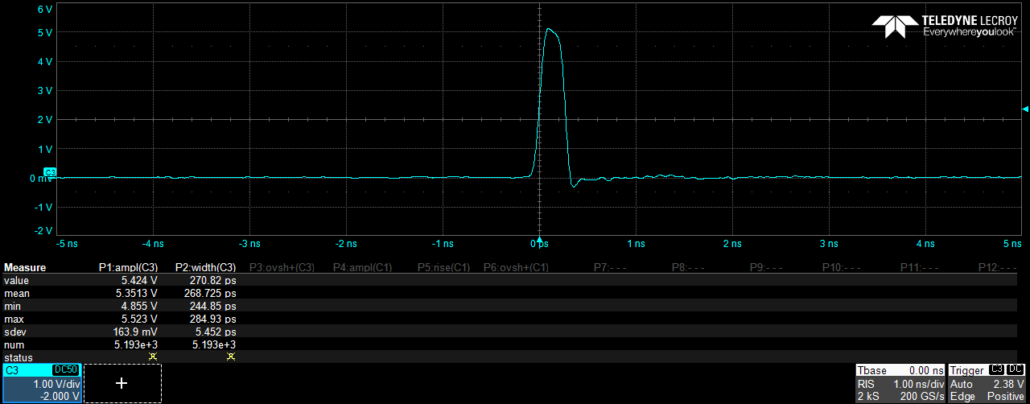
The signal quality and reliability of the pulses are demonstrated on the filed, by oscilloscope measurements. The above picture shows 5V amplitude and <300ps width pulse.
Ferrara, May 25th, 2020

